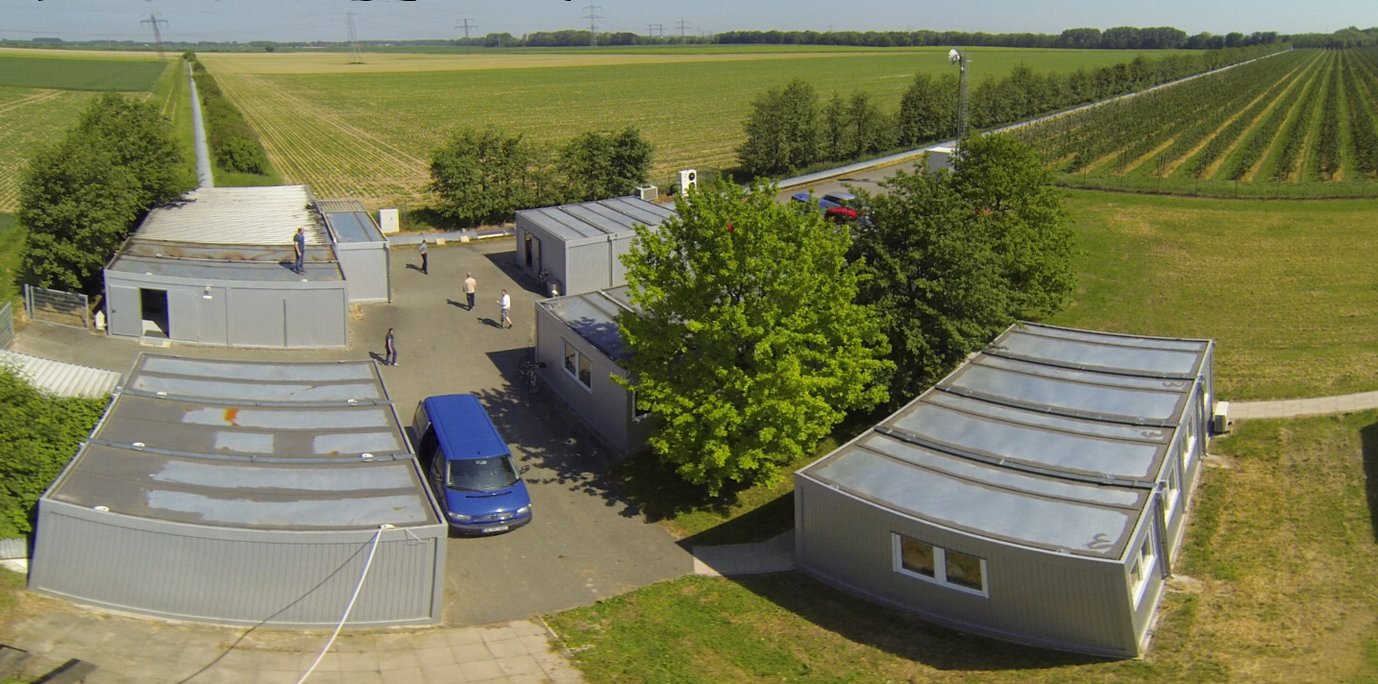Open Day at GEO600
Tracking down Einstein’s legacy: Visiting the Gravitational Wave Detector near Sarstedt
On Sunday, 15 June 2014, the German-British Gravitational Wave Detector GEO600 near Sarstedt will open its doors for all interested visitors. Between 11 a.m. and 6 p.m. scientists of the Albert Einstein Institute (AEI) Hannover will inform visitors at the site about the search for gravitational waves, the existence of which were predicted by Albert Einstein around 100 years ago.

New astronomy
Humankind has been gazing into the starry sky since time immemorial – and for centuries has been constructing increasingly more powerful telescopes. However, this enables the observation of only around four percent of our universe.
In coming years, for the first time, we will be throwing open a new window onto the universe thanks to gravitational waves. To this effect, GEO600 will play a major role: here, innovative technologies are being developed and tested for detecting gravitational waves.
Gravitational waves – Einstein’s legacy
With his general theory of relativity, Albert Einstein, in 1915, proposed a completely new concept of our world. An important consequence of his theory is the existence of gravitational waves – tiny ripples in space-time – which compress and expand space. These occur in major cosmic events, such as star explosions, or when compact neutron stars merge with one another.
The GEO600 scientists are seeking to detect these tiny length changes with the help of a laser interferometer that very precisely compares two vertically running 600-metre long laser light beams with each other. Even strong gravitational waves can only change the arm length by a fraction of the diameter of an atomic nucleus – which is how precise the measurement of the GEO600 already is today.
Insights into cutting-edge research
Open Day on 15 June will offer visitors, between 11 a.m. and 6 p.m., firsthand information about the research at the GEO600 gravitational wave detector by means of exhibits, short talks and discussions with scientists. Optional guided tours of the detector premises will provide insight into the heart of the highly sensitive measurement facility.
Travelling from Hannover and parking
By car: Take the B6 (Messeschnellweg) southbound and take a right at “Sarstedt/Heisede”. Turn right in the direction of Heisede, then left at “Schulenburg/Ruthe”. In Ruthe, turn right. After the Leine crossing, turn right at the EXPO sign (or at the white sign for “Universität Hannover/Versuchsgelände” or the green sign for “Schäferberg”).
When travelling by car, please use the car park of the “Tag des Offenen Hofs” event, which is taking place at the same time, at the “Lehr- und Forschungsgut” in Ruthe (Farm for Education and Research in Ruthe). From there it is a short walk to the central building of the Gravitational Wave Detector along the 600-metre laser measuring circuit of GEO600. There are information boards along the way.
